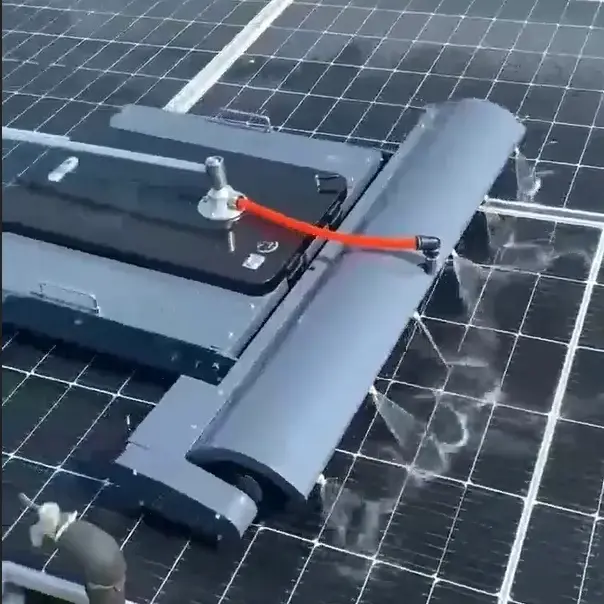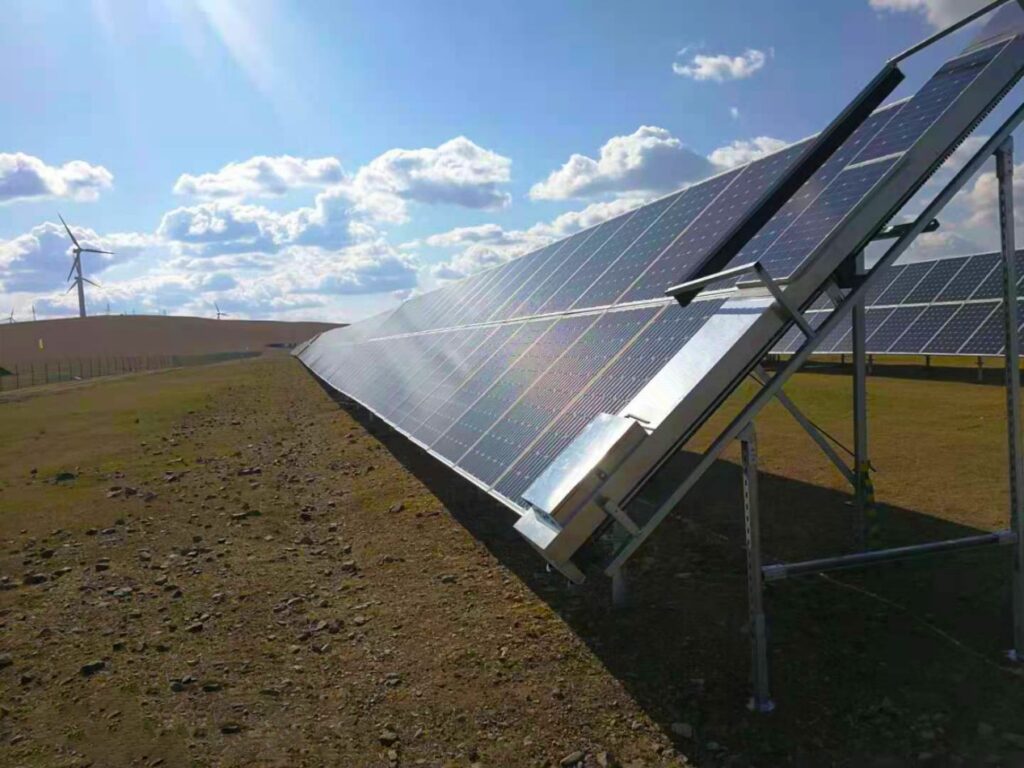Solar-powered waste cleaning robots are advanced machines designed to address the issue of waste accumulation in various environments using renewable energy. These robots harness sunlight as their primary power source, making them environmentally friendly and sustainable in their operation. Here’s a detailed breakdown of their applications and features:
Solar PV Cleaning Robots
These robots are specifically designed for cleaning photovoltaic panels in solar farms. They feature high automation and negative pressure adsorption technology, ensuring efficient cleaning without damaging the panels. This maintenance improves the efficiency of solar energy generation by removing dust and debris that can hinder sunlight absorption.
River Rubbish Cleanup Robots:
Aimed at cleaning floating waste from rivers, these robots use state-of-the-art technology to navigate waterways, collect debris, and classify it. They contribute to reducing water pollution and provide data for better waste management strategies. Their solar-powered operation ensures continuous work without emitting pollutants.
PV Smart Machine (PV Smart Cleaning Robots):
These are autonomous devices tailored for cleaning solar panels in large installations. Equipped with sensors and GPS, they navigate autonomously, scheduling cleaning based on predefined parameters. They effectively remove dirt, ensuring optimal panel performance and reducing manual labor costs.
Greenhouse Roof Cleaning Robots:
Designed for automated cleaning within greenhouses, these robots enhance light transmittance, thereby improving plant growth. By maintaining clean roofs, they contribute to more efficient use of solar energy for crop cultivation, aligning with sustainable agriculture practices.
Lake and Water Body Cleaning Robots:
Various designs exist for cleaning water surfaces, such as SMURF and other concepts, which collect floating waste without human intervention. They often require an initial setup and use mechanisms like fins or trays to gather debris, improving water quality and ecosystem health.
RT-Bot (River Trash Collecting Robot):
This robot is designed for remote-controlled garbage collection from rivers, integrating mechanical and electronic components powered by solar energy. It aims to collect waste from the water surface, contributing to cleaner aquatic environments.
Waterbody Cleaning Robots with Raspberry Pi:
These robots use smart control systems like Raspberry Pi and IR sensors to manage movement and detect when waste collection bins are full. DC motors enable their navigation, showcasing the integration of IoT in waste management.
Conceptual Designs for Low-Cost Robots:
Researchers are exploring low-cost, lightweight designs for surface-mounted garbage collection robots. These concepts aim to make waste cleaning technology accessible and affordable for various water bodies, furthering the goal of environmental sustainability.
These robots demonstrate the potential of solar energy in automating waste management, reducing manual labor, and mitigating environmental pollution. Their development and deployment contribute significantly to sustainable waste handling and the preservation of aquatic ecosystems.

